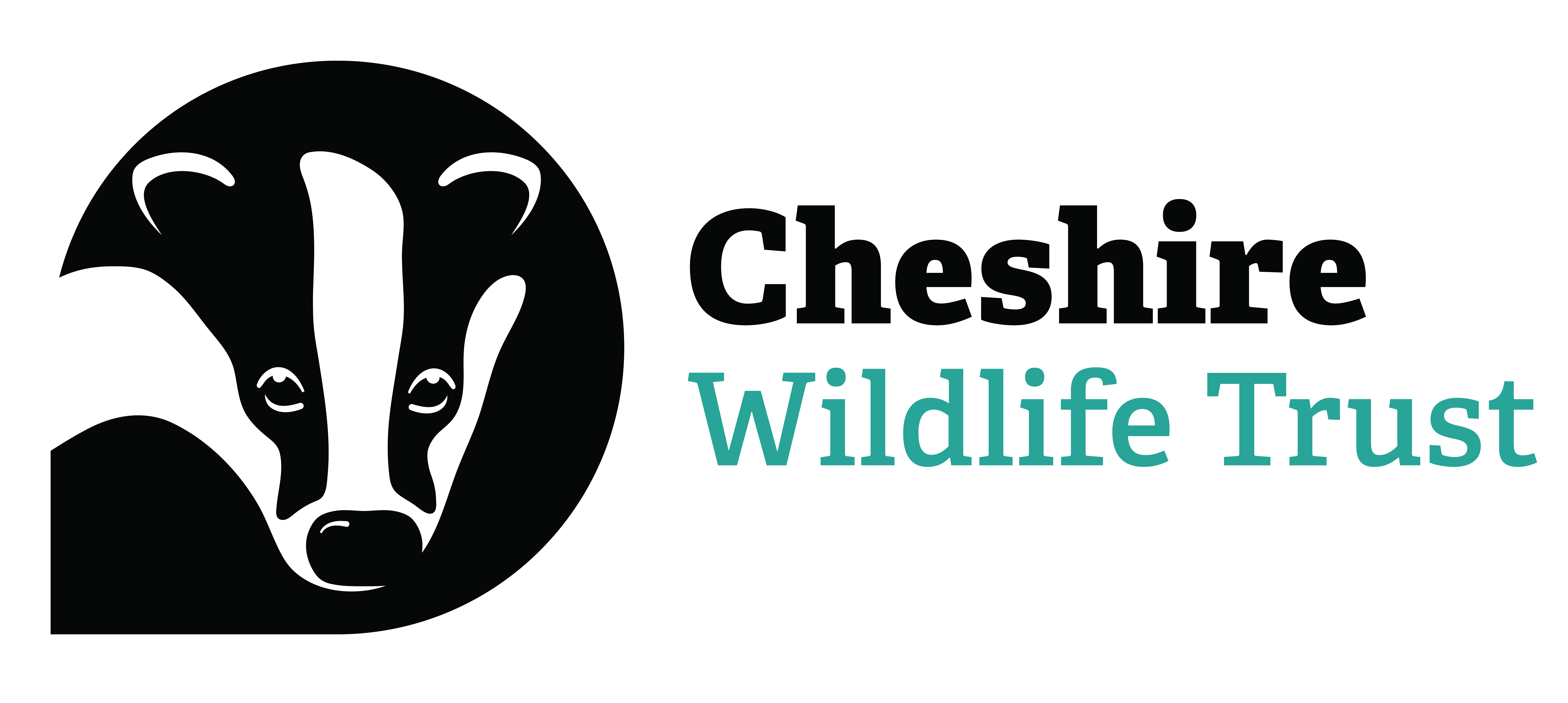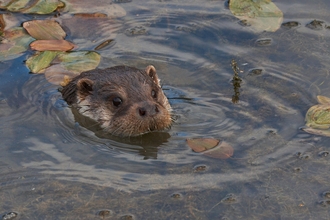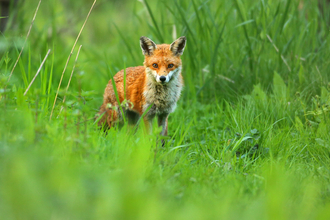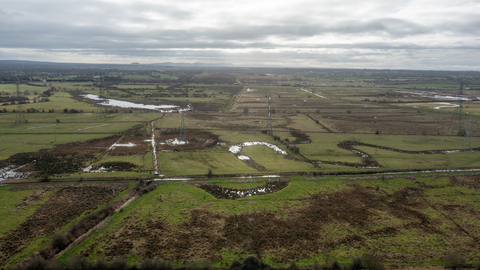
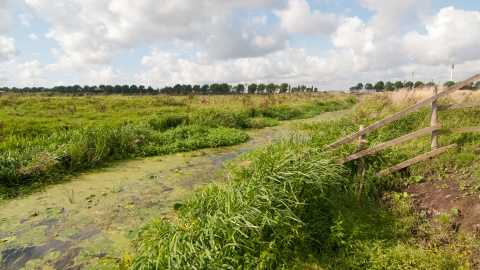
Gowy Meadows Nature Reserve c. Andrew Walmsley
Gowy Meadows
Know before you go
Dogs
When to visit
Opening times
Open at all timesBest time to visit
Spring to SummerAbout the reserve
Located between Stanlow refinery and the M56 motorway, Gowy Meadows hosts a wealth of biodiversity. Despite the surrounding industrial landscape Gowy Meadows represents a large-scale core site for nature. At over 160ha it is one of our larger nature reserves and hosts an extensive network of wildlife rich ditches and hedgerows; wet grassland, ponds and scrapes all form part of the flood plain grazing marsh habitat mosaic that covers the majority of the site.
Bird-wise, 158 species have been recorded at Gowy Meadows, including regular sightings of: great white egret, garganey, mandarin, marsh harrier, merlin and stonechat. Amongst local and even nationally rare species, purple heron, glossy ibis, rough legged buzzard, red-backed shrike, wryneck and little bunting have all turned up at least once. Wheatear and Whinchat appear in the fields during spring migration, when there's always the chance of a special visitor such as ring ouzel. Summer breeders may include Cetti’s, reed and sedge warblers, with their various calls rising from the ditches along with whitethroat in the hedgerows. When winter conditions are right, the wet meadows and ponds can play host to numbers of wigeon, shoveler, gadwall and our smallest duck, teal. Jack snipe is a tricky to see visitor, but Pintail are a becoming a regular sight on the ponds, with pink-footed goose, green sandpiper and little egret all equally regular nowadays.
The reserve is particularly impressive for aquatic invertebrates including the lesser silver water beetle and is home to more than half of the dragonfly and butterfly species recorded across Cheshire. Banded demoiselle are a delightful feature from late-May to August and the most recent Cheshire butterfly addition, Essex Skipper has already found its way to the reserve. Gowy Meadows also hosts some 83 species of hoverfly and 360 of moth, with representatives from both orders including some extremely rare Cheshire species, such as the hoverfly Chrysotoxum verralli and the micro-moth Paraswammerdamia albicapitella. The worlds of beetles, spiders and other insects are well represented too, with work on these orders on-going.
